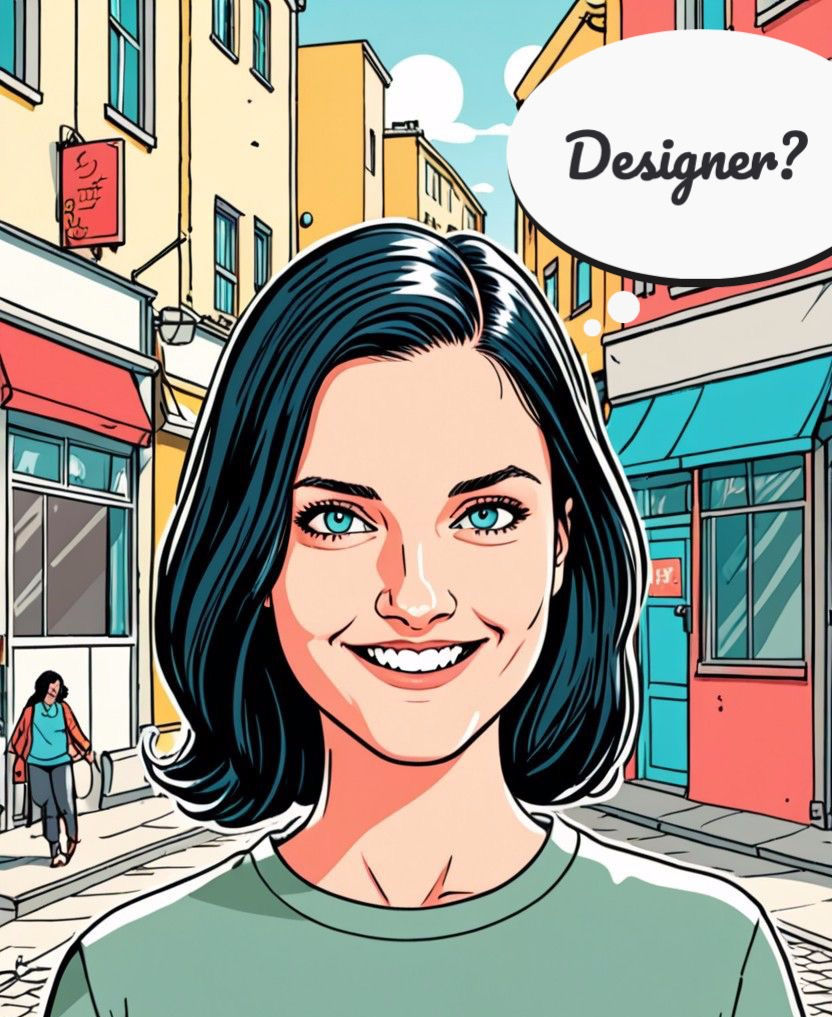Is a Career in Graphic Design Right for You? Weighing the Pros and Cons. Thoughts from a Designer.
- jenaleemarshall
- Mar 6, 2024
- 2 min read
Updated: Oct 24, 2024

The world of visual communication beckons – are you ready to answer the call? Graphic design offers a unique blend of creativity and problem-solving, but it's not all smooth sailing and happy clients. Before diving headfirst into design software, take a moment to weigh the pros and cons to see if this exciting field aligns with your aspirations.
Pros: Unleash Your Inner Artist
Creative Expression: Graphic design allows you to translate ideas into visually compelling messages. If you thrive on bringing concepts to life through imagery and layout, this field offers a fulfilling outlet for your artistic side.
Diverse Skillset: The job goes beyond aesthetics. You'll develop skills in communication, typography, color theory, and user experience (UX) design, making you a valuable asset in various industries.
See Your Work in Action: Witnessing your designs come to life in print, on websites, or even on billboards can be incredibly rewarding. The tangible impact of your work can be a strong motivator.
Cons: Facing the Realities
Subjective Satisfaction: Not everyone will love your designs. Learning to accept and incorporate constructive criticism while staying true to your vision is crucial for success.
Client Juggling: Working with clients can be challenging. You might encounter tight deadlines, unclear requests, and revisions. Patience, clear communication, and the ability to manage expectations are key.
Sounds More Glamorous than Reality: The truth is that the industry is constantly up or down. There is little security and you may not always have the easiest clients to collaborate with.
Competitive Landscape: The graphic design field is competitive. Standing out requires continuous learning, building a strong portfolio, and effectively showcasing your unique talents. Although a formal degree isn't required, it is highly recommended. Art school is expensive, but it helps you develop the skills and talent to make more money and survive this cut-throat business.
Less money than you think: You will have to start with the bottom jobs that seasoned designers either don't want or that end up being minimum wage. The design field takes years to develop a full list of clients. And if you work for a company, they will require education and experience.
Beyond the List: Exploring Your Fit
While the pros and cons offer a general framework, consider these additional factors:
Your Interests: Do you enjoy visual arts, communication, and keeping up with design trends?
Your Skills: Are you comfortable with computers, have an eye for detail, and possess strong problem-solving skills? Can you manage people who don't know what they want, yet want to to show them what they want?
Your Personality: Do you thrive in collaborative environments, are patient with critiques, and possess the self-motivation to continuously learn? If you can't handle constant criticism, then run now. You won't thrive in this field.
Ultimately, the decision to become a graphic designer is personal and subjective. By weighing the pros and cons, reflecting on your interests and skills, and exploring the realities of the field, you'll be well-equipped to make an informed choice about your creative journey.
By considering these tips, I hope you find peace in choosing a career in design or ruling it out. Learn more about how I chose design as a passion more than a job on my FAQ page at www.JenaleeDesign.com.
Jenalee Marshall, graphic designer




Comments